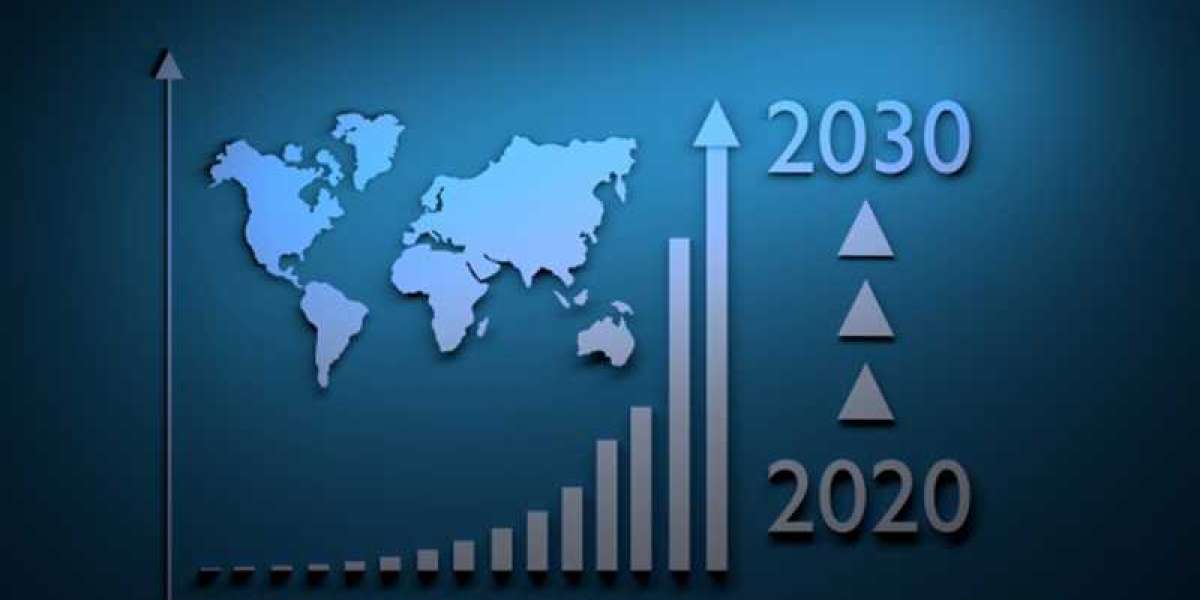Researchers in the United States and the United Kingdom have just completed the world's largest family tree, which represents all living individuals on the globe. This intricate map traces the kinship of present human groups from generation to generation, all the way back to the origins of our distant ancestors in Africa. The tree gives fresh information on our species' migrations around the globe and can shed light on key events, such as the departure from Africa of a group of Homo sapiens 72,000 years ago — or 2,400 generations— from which all present humans descended.
"This is the largest family tree of humans, and it illustrates our genesis and expansion over the world based on the genetic variants of the species," says Wilder Wohns, a researcher at the Broad Institute in the United States and the study's primary author. According to Wohns, this human family tree is a "first draft." To get the full picture, scientists would need to know the genomes of every living humans as well as those who have ever lived, which would total 124,000 million souls since Homo sapiens first appeared around 200,000 years ago.
This genealogy was created using a variety of sources. The most important is the genome of 3,601 living people from more than 200 different countries. Three Neanderthals, our nearest human cousins, and a Denisovan have also had their genomes sequenced in full.
The genetic sequencing of an entire Homo sapiens family - father, mother, and two children - who lived 4,600 years ago in Russia's Altai mountains has also been included. This family belonged to the Afanasievo culture, which was genetically very similar to the Yamnaya, a people of horsemen and shepherds who were protagonists in one of history's most fascinating and darkest chapters: the occupation of much of Western Europe thanks in part to a cutting-edge technology: the wheel. The scourge of yamnaya According to a 2018 study led by renowned geneticist David Reich, who is also a co-author of the current work, it reached the Iberian Peninsula, where they nearly totally displaced local men. Another 3,589 ancient human genomes are used in the new "unified genealogy" of our species.
Each person's genome is made up of 3,000 million letters that carry all of the instructions their body requires to function properly. A simple misspelling of a few characters in that sequence can result in significant changes, such as the capacity to reside in the world's highest locations. or a higher chance of acquiring malignancies. To retrace the human lineage, the new family tree examines almost six million DNA sequences and 245 million errata—mutations. "The amount of detail is incredible; we have data on over 27 million contemporary people's forebears." "What we receive is a map with lines and nodes that are used to estimate human migration routes around the world throughout the history of the human species," Wohns explains.
The new tree closely resembles what was previously known from paleoanthropological results, such as the fact that the ancestors of all modern humans lived in Northeast Africa 72,000 years ago. The hub of the 100 oldest lineages is located in northeastern Sudan. Our forefathers may have passed through this site on their way to Egypt and the Middle East.
Our ancestors had sex and children with Neanderthals and Denisovans, two human groups that are now extinct, according to the new family tree. There are evidence of something far more concerning: some populations in Asia and Oceania, particularly Papua New Guinea, carry genetic material from "ghost" humans, undiscovered species that sapiens encountered and crossed paths with.
The research also identifies multiple instances when human populations were on the verge of extinction. One of the potential uses for this new tree is to investigate what happened 74,000 years ago, when the world population was reduced to a few thousand individuals following the eruption of the Toba volcano in Sumatra, which caused a thousand-year climate change.
Wohns claims that the techniques used to create this tree have a wide range of applications. "There is a lot of biological study that requires to know how distinct human populations have changed across time and space, beyond evolutionary history." This is possible because to a novel approach that he describes as "valuable for domestic animals, endangered wild species, disease vectors, and hereditary diseases like cancer."
Aida Andrés, a population genetics specialist at University College London, believes that this new technique has "limitations." The expert notes in a commentary on the work written with her colleague Jasmin Rees that using old, highly degraded, and partial genomes reduces their accuracy in some situations. "The ongoing rise in genetic data will make these techniques more and more effective," they add, emphasizing the importance of including "underrepresented groups" in current genetic databases, which continue to rely heavily on samples from people in wealthy nations.
"This work validates what was known with a fresh analytical method based on the genealogy of chromosome fragments [the distinct atoms of the genome]," says CSIC scientist Carles Lalueza-Fox. "It's difficult to predict what applications a new method may have in the future," he adds.



